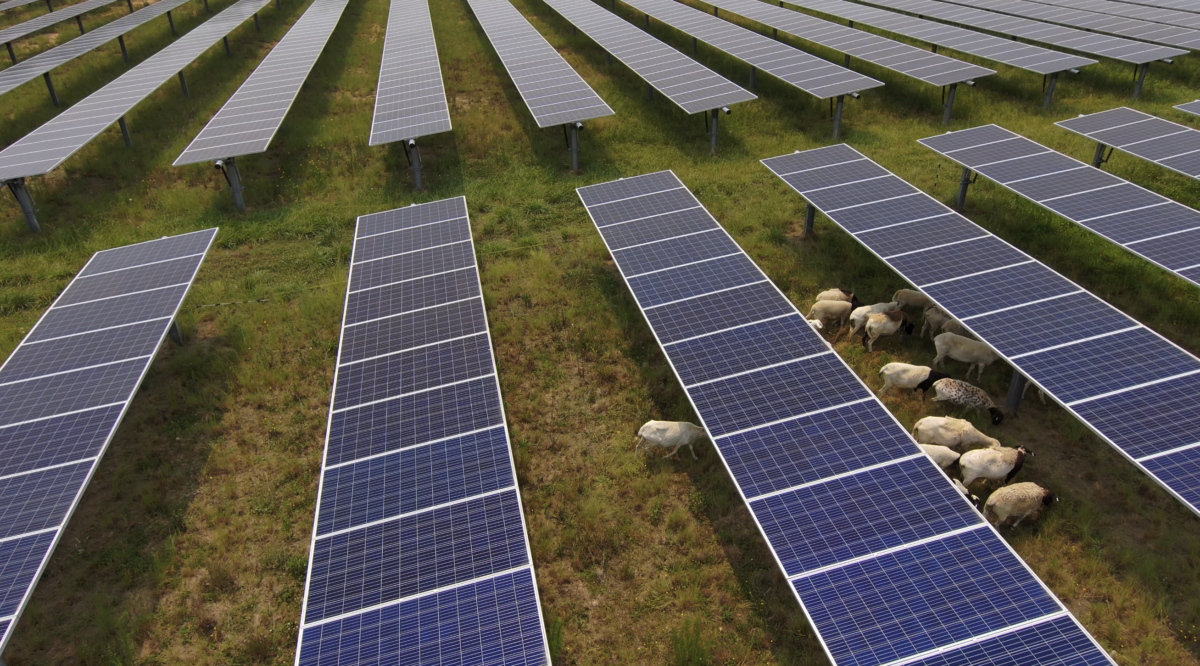Governor Glenn Youngkin signed legislation that creates a community solar program in Virginia enabling up to 200 MW of shared power projects between the two major utilities that serve the state.
The bills SB 253/HB 106 and SB 255/HB 108, championed by Senate Majority Leader Scott Surovell and Delegate Rip Sullivan, to improve and expand shared solar access in Dominion Energy territories and create a shared solar program for customers in southwest Virginia.
Virginia targets 30% renewable energy by 2030, and 100% by 2050. While much of the buildout thus far has been at the utility-scale, this legislation now opens a market for the buildout of community solar.
“This legislation enables the continued advancement of shared solar in Virginia and proves that both sides of the aisle recognize the value local energy can bring to their constituents,” said Charlie Coggeshall, Mid-Atlantic regional director for the Coalition for Community Solar Access. “We look forward to implementing these bills at the State Corporation Commission .”
One of the major benefits of community solar is it opens access to customers that may not have a suitable roof or financial situation for rooftop solar. It allows residents, businesses, organizations, and municipalities to subscribe to a portion of a solar asset’s electricity generation to receive credit on their electricity bills for the power it generates.
The Virginia legislation will enable up to 150 MW to be added to Dominion Energy’s shared solar program, allowing certain projects located on rooftops, brownfields, landfills, or dual-use agricultural facilities to be eligible for incentives determined by the Virginia Department of Energy. It will also create a shared solar program of 50 MW for Appalachian Power Company.
The Coalition for Community Solar Access was hoping that the bills would allow 2 GW of community solar between the two utilities, but instead it is just 200 MW. However, while these bills are not as ambitious as hoped by community solar proponents, they represent a bipartisan compromise and will help to launch shared solar in this southern state. Both bills require that utilities consider the benefits of shared solar to the electric grid and to the State when calculating the minimum bill for customers.
“A lot of effort went into these bills to balance the interests of legislators, advocates, and key stakeholders,” said Delegate Rip Sullivan. “I am pleased to have helped drive that process to the finish line. I look forward to seeing shared solar expanded to more customers in Virginia.”
Department of Energy’s (DOE) National Community Solar Partnership (NCSP) recently challenged the community solar industry to meet a target of 20 GW of community solar by 2025, enough energy to power 5 million households and create $1 billion in energy savings for subscribers. Virginia’s victory will help move the needle toward that goal.
Virginia currently ranks 11th in the nation for solar installed, according to the Solar Energy Industries Association, generating over 6.5% of its electricity from solar.
This content is protected by copyright and may not be reused. If you want to cooperate with us and would like to reuse some of our content, please contact: editors@pv-magazine.com.









By submitting this form you agree to pv magazine using your data for the purposes of publishing your comment.
Your personal data will only be disclosed or otherwise transmitted to third parties for the purposes of spam filtering or if this is necessary for technical maintenance of the website. Any other transfer to third parties will not take place unless this is justified on the basis of applicable data protection regulations or if pv magazine is legally obliged to do so.
You may revoke this consent at any time with effect for the future, in which case your personal data will be deleted immediately. Otherwise, your data will be deleted if pv magazine has processed your request or the purpose of data storage is fulfilled.
Further information on data privacy can be found in our Data Protection Policy.